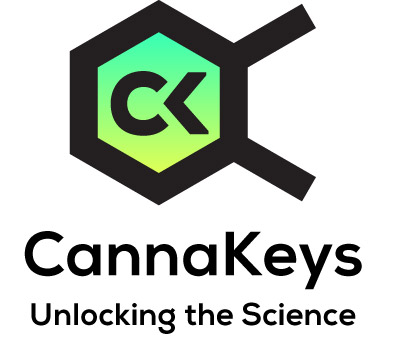WIN-x Synthetic Cannabinoids Research Dashboard
What am I missing as a non-subscriber?
To see a full dashboard with study details and filtering, go to our DEMO page.
As a subscriber, you will be able to access dashboard insights including chemotype overviews and dosing summaries for medical conditions and organ system and receptor breakdowns for cannabinoid and terpene searches. Study lists present important guidance including dosing and chemotype information with the ability to drill down to the published material. And all outputs are fully filterable, to help find just the information you need. Stay up-to-date with the science of cannabis and the endocannabinoid system with CannaKeys.
CannaKeys has 239 studies associated with WIN-x Synthetic Cannabinoids.
Here is a small sampling of WIN-x Synthetic Cannabinoids studies by title:
- Endocannabinoid System and Exogenous Cannabinoids in Depression and Anxiety: A Review
- Characterization of the Antitumor Potential of Extracts of Cannabis sativa Strains with High CBD Content in Human Neuroblastoma
- Neurological Benefits, Clinical Challenges, and Neuropathologic Promise of Medical Marijuana: A Systematic Review of Cannabinoid Effects in Multiple Sclerosis and Experimental Models of Demyelination
- Endocannabinoid Modulation in Neurodegenerative Diseases: In Pursuit of Certainty
- Endocannabinoid signaling in glioma
Components of the WIN-x Synthetic Cannabinoids Research Dashboard
- Top medical conditions associated with WIN-x Synthetic Cannabinoids
- Proven effects in clinical trials for WIN-x Synthetic Cannabinoids
- Receptors associated with WIN-x Synthetic Cannabinoids
- Individual study details for WIN-x Synthetic Cannabinoids
Ready to become a subscriber? Go to our PRICING page.
Page Quick Links
Select New Cannabinoid
Overview - WIN-x Synthetic Cannabinoids
Description of WIN-x Synthetic Cannabinoids
WIN 55,212-2 is the most studied compound in the WIN-x group of synthetic cannabinoids. Other members that show up the CK primary study list include WIN 55-940 (full agonist at CB1 and CB2).
Here we focus on WIN 55,212-2.
Other Names:
WIN Family Synthetic CannabinoidsWIN 55,212-2; WIN 55212-2; Win-55212-2; Win 55,212 plus numerous other supplier-based synonyms.
IUPAC name: [(11R)-2-methyl-11-(morpholin-4-ylmethyl)-9-oxa-1-azatricyclo[6.3.1.04,12]dodeca-2,4(12),5,7-tetraen-3-yl]-naphthalen-1-ylmethanone
Molecular Formula: C27H26N2O3
Source–PubChem
WIN-x Synthetic Cannabinoids Properties and Effects
Only Members can view Properties and Effects information. See DEMO page.
WIN-x Synthetic Cannabinoids Receptor Binding
Only Members can view Receptor Binding information. See DEMO page.
Disclaimer
Information on this site is provided for informational purposes only and is not meant to substitute for the advice provided by your own licensed physician or other medical professional. You
should not use the information contained herein for diagnosing or treating a health problem or disease. If using a product, you should read carefully all product packaging. If you have or suspect that you have a
medical problem, promptly contact your health care provider.
Information on this site is based on scientific studies (human, animal, or in vitro), clinical experience, or traditional usage as cited in each article. The results reported may not necessarily occur in all individuals. For many of the conditions discussed, treatment with prescription or over-the-counter medication is also available. Consult your physician, nutritionally oriented health care practitioner, and/or pharmacist for any health problem and before using any supplements or before making any changes in prescribed medications.

